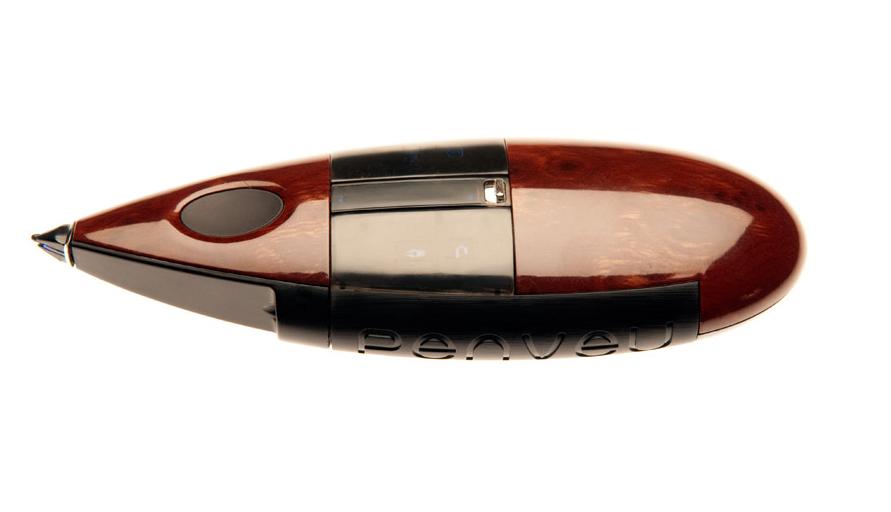For Learning, Pencil-and-Paper Beats Laptops

Taking notes by hand helps students learn more and it’s up to teachers to impose anti-screen policies in the classroom as a pedagogical tool.
Supported by a scientific study explaining how paper-and-pencil better facilitates knowledge acquisition and critical thinking, Professor of English at Emory University Mark Bauerlein has banned screens in his classroom. And many of his students are thankful, he says.
In the study, longhand and laptop note-takers performed equally well on factual-recall questions, but on “conceptual-application” questions, “laptop participants performed significantly worse than longhand participants.”
The distraction of the screen is palpable. Even students who are not using a laptop are attracted to the screens of others, screens which often beam with social media sites pertaining to their circle of friends. Or if a student is watching a movie in class, others can’t help but catch a glimpse, distracting them from the lesson.
In the study, longhand note-taking resulted in higher test scores despite the fact that laptops allowed students to record more words. But typing quickly results in “shallower processing” than writing by hand.
“Because the speed of longhand is lower than the speed of presentation, the student also must condense and summarize, thereby initiating a process of comprehension in the very act of taking notes.”
In his Big Think interview, Nicholas Negroponte, creator of the One Laptop per child initiative, offers the counter argument. For technological reasons, the demise of the classroom textbook is inevitable, he says, and teachers who lose student attention to the screen must change their methods:
Read more at First Things
Photo credit: Shutterstock





